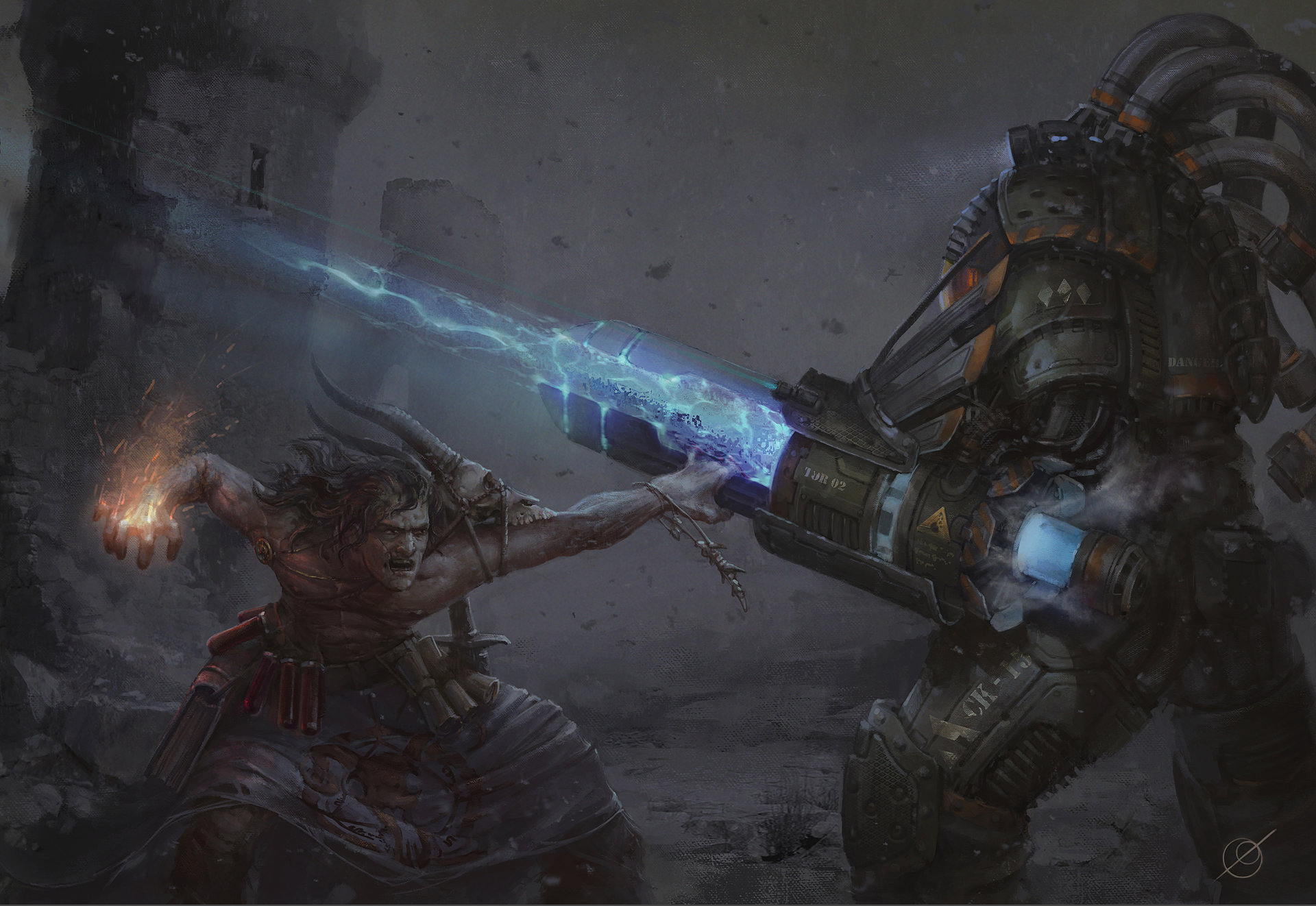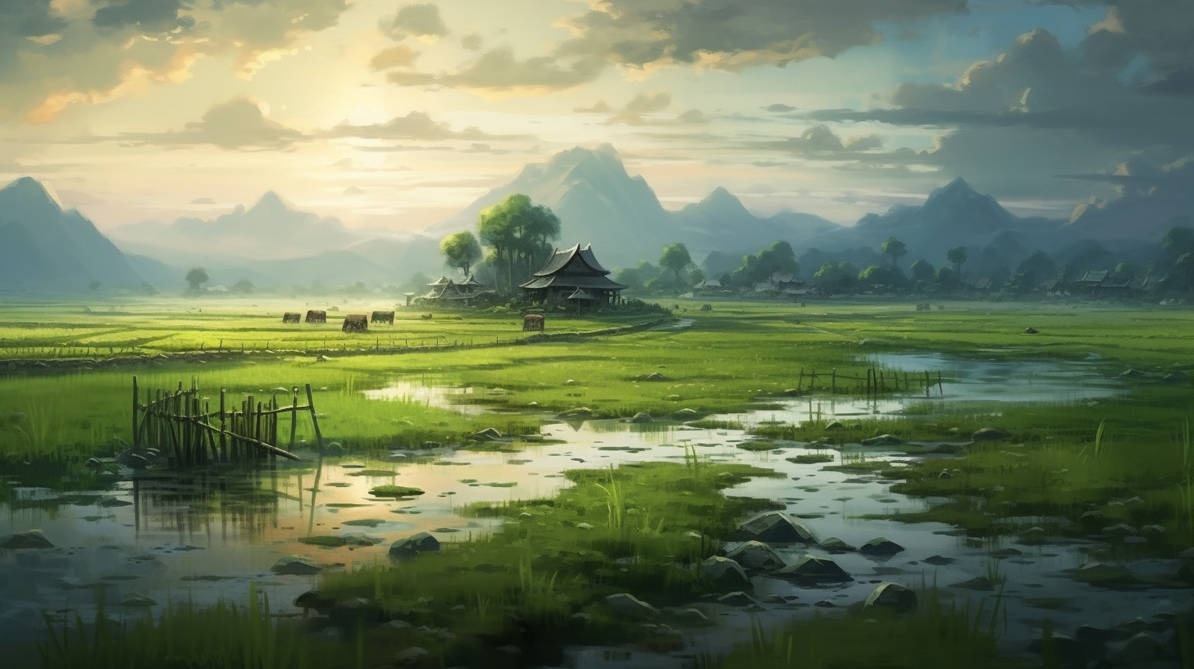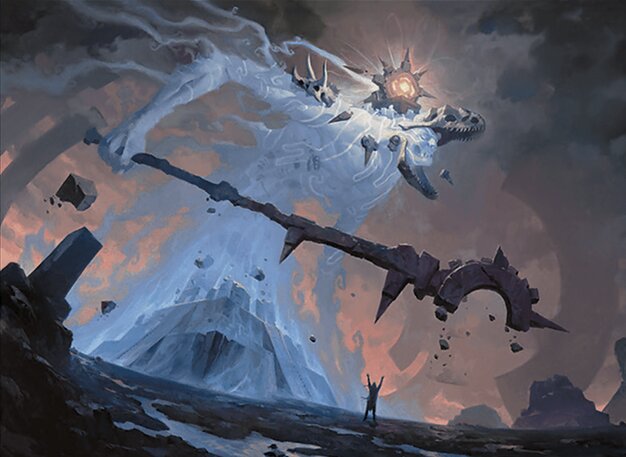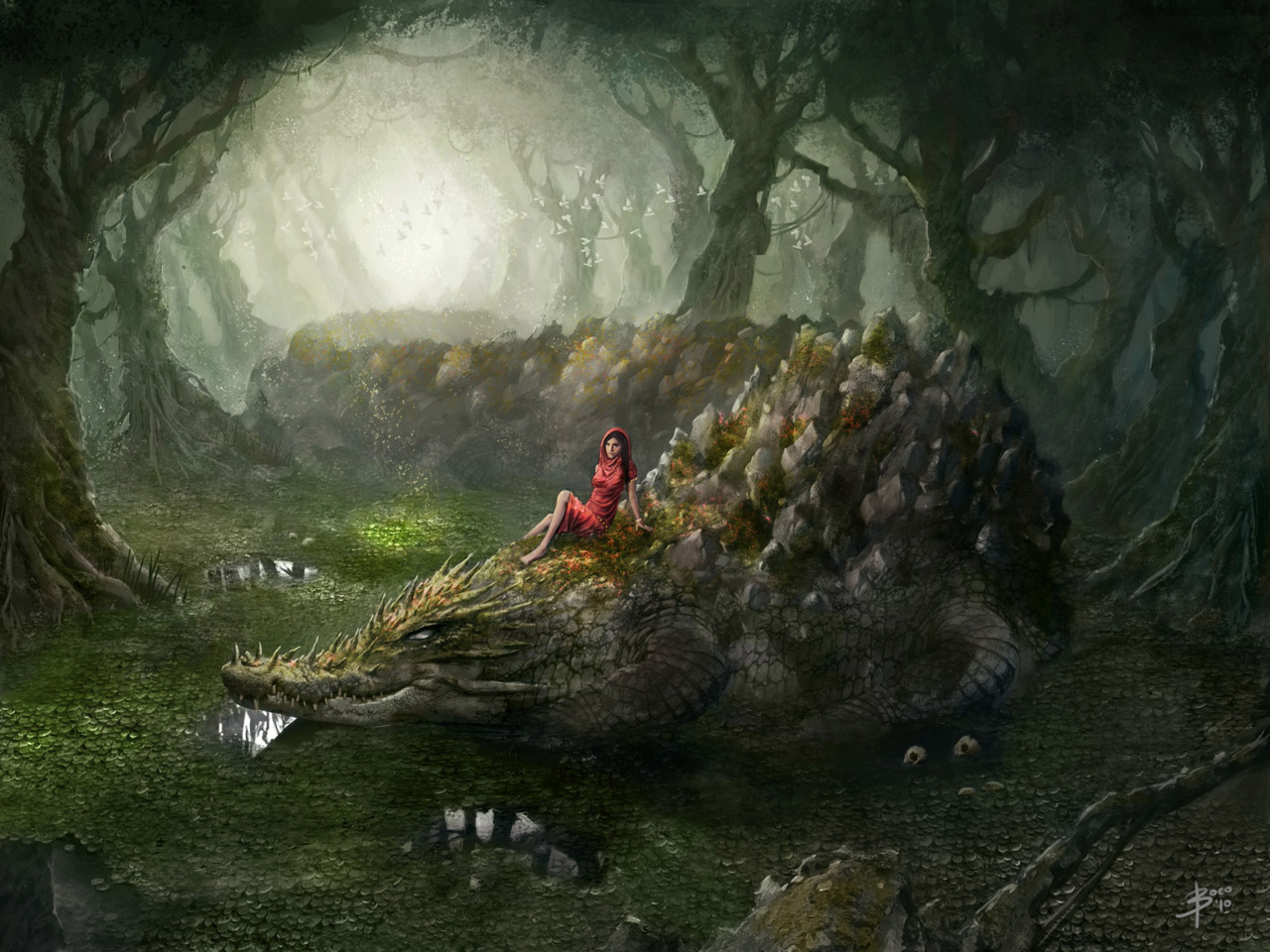For the unfamiliar.
 |
| Some FLAILSNAILers getting into Fisticuffs over who gets the Book of Vile Darkness (Source) |
Basically there are two categories of games that get run-
1) "Hubworlds" - These are fairly normal, comprehensive TTRPG games where interdimensional travel is something that is added on afterwards. You can make characters in them and have a bunch of sessions under the same GM and never interact with the FLAILSNAILS side of things, just like a "normal" game.
2) "DUNGEON" - These are things like megadungeons or depthcrawls that, on their own, don't have comprehensive character generation rules with them. Both Gardens of Ynn and my own Stygian Library reskin (RUNEFOREST) were some examples for this, but one GM ran Castle Gargantua and another ran a sort of miniature Sky-Ship adventure.
And then there are three categories of FLAILSNAILS characters-
1)
Characters from campaigns that have ended. Say you were stranded on a boat when the rest of your party was TPK'd by divine lions. Maybe a campaign never quite got off the ground or ended suddenly, and you feel as though your character's story is not over quite yet, or that they were really fun to play. FLAILSNAILS can be an opportunity to accomplish old goals, discover new ones, and keep telling stories with those characters who's story never got a true ending. Or maybe they were banished or cursed to wander the multiverse and are just looking for a way home.
2) Characters from campaigns that are still going. A bit more self-explanatory, this is when an active campaign subscribes to inter-campaign play and you can play your character from that campaign in any sessions that pop up. This can lead to more spotlight time for active characters to develop and also risk their lives for magic items and XP.
3) Characters specifically for FLAILSNAILS. This one was the rarest category. Basically whenever someone didn't have a character they wanted to play for whatever reason - maybe they were worried about fatality or were just tired of their current characters or all their characters were in prison or recovering from poison gas - they could quickly roll up something from their system of choice. We usually used Basic Fantasy. This also works for when you find a funky OSR class or concept that doesn't match the aesthetics, setting, or balance of any of the active games but you still want to give it a try. One of my favorites was a player running an Extras class made up of All Star NBA players.
THE GOOD - SOME REASONS WHY IT'S GREAT
1) MOAR GAMES. One of the jokes on the server is "allthegamesallthedays", but with the power of FLAILSNAILS we were actually able to have a serious game streak that lasted well before Thanksgiving and went all the way until the New Year. The ability to just sit down and run something like Stygian Library by going "I'm here to run a game whenever we get three players, bring any character you want" without having to worry about balance, systems, what character generation looks like, what are the answers to 20 questions for this setting etc, was SO liberating and allowed for GM's to just focus on the dungeon without worrying about things like "how much does a torch cost and what's the distal view of governance look like"
2) NEW AND INTERESTING CHARACTER STORY MOMENTS. This one surprised me a bit, but there were a good number of tender character moments in the DUNGEON type of games. At one point there were characters from three separate Wizzzargh campaigns that had a very cool interaction where they recapped all that had happened over a few hundred years to one another, being from the same setting. Beyond that there were hardships, friendships formed across the campaign-verse, and arguments over ethics. And none of this required input from NPC's, the players already had really solid ideas about how to roleplay their characters and could just react naturally to any strange situations that came about.
3)
RUN NEW STUFF OR OLD STUFF WITHOUT WORRYING BOUT THE SMALL STUFF. My Runeforest campaign ended up dwindling after 15 sessions or so, but I still had lots of my worldbuilding notes from it. I think I enjoyed running it as a modified FLAILSNAILS depthcrawl more than I enjoyed running it as it's own campaign premise, since it let the characters focus on the "spooky hostile magic forest" part without being muddled by things like Merchant factions as I had originally imagined. FLAILSNAILS protocols also let me hammer out my current "DUNGEON" - a
card crawl with Dinosaurs and Pirates, in a single weekend. All I had to do was make an encounter table - I didnt have to think about a system or houserules or character generation or "what happens when the pc's get high level". There's alot of cool concepts, dungeons, and modules out there that would work well to run "off the cuff" without worrying about how they "fit" into a specific world.
 |
| Xelor has been facilitating some cool GMless games set in the "Main" setting on the server |
THE BAD - SOME CONCERNS
To preface this, I do think most people should at least consider some FLAILSNAILS procedures if they play multiple OSR games on a server with multiple GM's, but...
1) TOO ADVANCED ADVANCING ADVANCEMENT. A side effect of characters in more games where they came back with interdimensional
treasure was that keeping track of the various characters drawbacks and capabilities could be a hassle. Sometimes character's would end up with wild magic items, mutations, or curses. For example, one of my character's in particular ended up with a curse preventing them from lying, which is the sort of drawback that can be planned around when you want to do undercity crime,
but only if everyone in your party knows about it. Another example was the acquisition of more powerful items like cloaks of flying. I think some of this can be prevented with both post-session reports and a sort of standard server "no-fly" list on how powerful is too powerful both for curses and magic items.
This might come in handy. Alternatively, the old "+5 swords dont work here, sorry" is easy and has precedent in my opinion. There's no straightforward fix for level differences between heavily and rarely played characters though, and it can exacerbate problems for people who are only able to play more rarely, as games not even in the same setting as the campaign can start to bump up the average party level and start to leave people behind. This isn't as much of an issue as it would be in more "balanced" and less OSR systems, but I still think it's worth mentioning.
2) TONAL MISMATCH. I do think that some themes or campaign settings open themselves up to FLAILSNAILS campaign-hopping more than others. I've been running a game of
Kingdoms (it's very cool) and while I had initially planned to open up the game to FLAILSNAILS protocols, the players opted out due to tonal concerns and how they wanted a more walled off, linear experience without any gonzo mismatched tone. I think you should consider what sorts of game experience you want, that not every world does well with the concept of inter-campaign play, and that that's ok. It's a serious decision.
3) GRAPPLE RULES. One GM on the server recently commented how it felt like "FLAILSNAILS characters tend to take half their ruleset with them". They talked about an experience having to adjudicate a grappling situation with a Godbound character, an Esoteric Enterprises character, and a Basic Fantasy statblocked monster (as if most grapple rules weren't enough of a headache already, amiright). I can absolutely sympathize with that feeling. Even with the normal authority as a GM to just make whatever ruling you want, there's still pressure to try and keep character's within their own ruleset bubbles as close as possible because your ruling can mean life or death to someone's character. I think part of this is the idea that these player characters are more "borrowed" in many ways. (Note: Many of the characters who FLAILSNAIL traveled to Runeforest ended up dead or maimed to the point where it grew something of a reputation, so I don't think it's that I went too easy on anyone)
THE UGLY - THINGS TO CONSIDER IF YOU WANT TO TRY
1) TALKING (eugh) to players and GM's beforehand about expectations is something I'd recommend, just like with any game. There were some insane XP haul sessions where clever uses of things like Invisible Servants ended up netting the characters huge amounts of XP in loot-for-xp systems, and I felt better after double checking with "home" GMs about the situation and how much XP characters from their world should expect. Also do your best to set expectations about the setting itself, particularly regarding lethality and hostility.
2) CONVERSION. Most FLAILSNAILS characters on the server have had Six Traditional Stats, Five Saving Throw Categories, Gold For XP, Ascending AC, and Rolls to Hit. Despite that there were still a surprising amount of niche situations (mostly involving things like Skills) where a GM would have to make a ruling, so having a rules reference YOU are comfortable with can help speed things along. I can't comment on more outlandish conversions like what Into the Odd characters might be like when thrown into the mix.
3) START OF GAME PROCEDURES. Anything that helps move the game along and prevent needless back and forth or recaps. We've done it enough that there's a bit of a rhythm now, but depending on the game mine is usually
1) Who is Leader/Wearing the Captain's Hat - their stats and abilities modify reaction rolls and party initiative rolls, and their player gets to make final calls about things like "left vs right".
2) Who is Mapper/Treasurer - Sometimes these are different but with non-standard dungeon formats like depthcrawls or cardcrawls we usually dont need a separate mapper.
And that's it! If you're interested, I run my Pirate/Dinosaur Card Crawl game Aduna Sea on the discord server you can find
here. Happy SNAILING
1d8 FLAILSNAIL "Justification"
| 1 | Astral Projection in Your Dreams, Wake Up with New Stuff |
| 2 | Diegetic Ancient Teleportation Portals |
| 3 | Cursed Parachute |
| 4 | Wizard Enjoys Casting Gate |
| 5 | Cursed/Blessed By A God |
| 6 | Its Just A Holodeck |
| 7 | Randomly Fall From The Sky |
| 8 | Shuffled Into The Deck Of Many Things |
EDIT: The GM from the "Three Grapple" Examples chimed in and corrected my misremembering the situation somewhat, see below
 |
| "Nimue" was the Godbound PC, "Nerg" was my Esoteric Enterprises PC |
I still think it remains a good example for my point about niche situations and rules headaches.





















